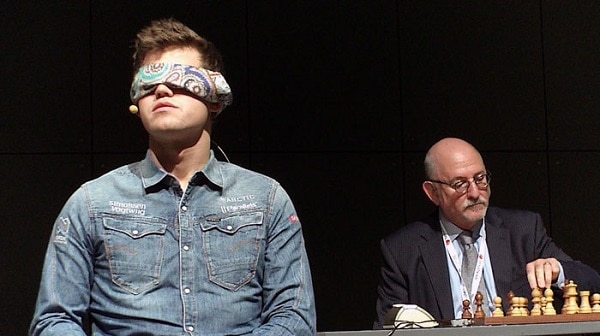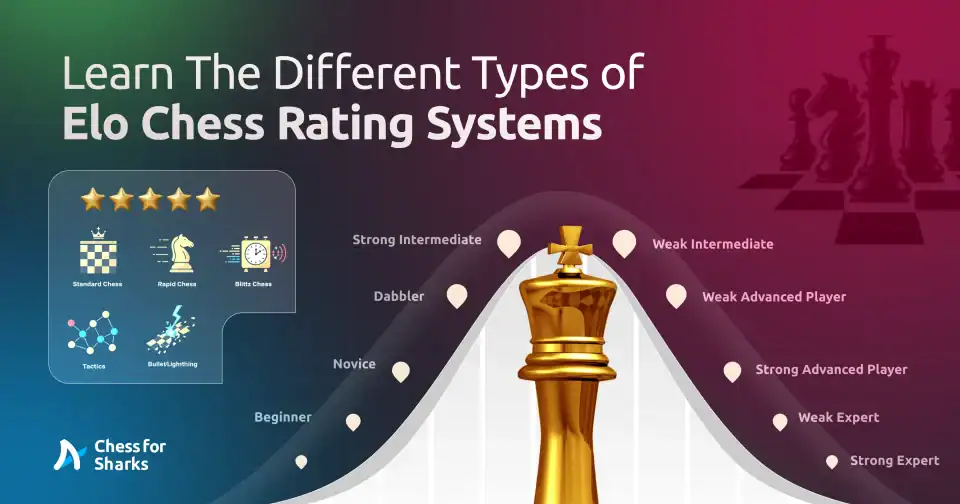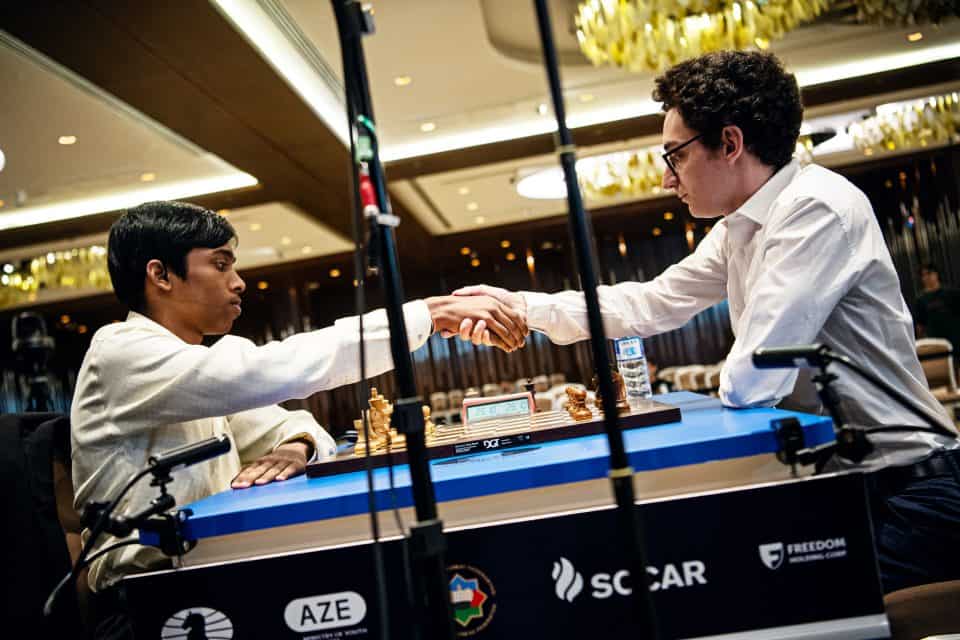Ever wondered what it’s like to play chess without seeing the board? Blindfold chess is an incredible skill where players compete without looking at the physical chessboard.
If you’ve never witnessed a blindfold chess match, you’re in for a treat. The players call out their moves, keeping the entire game in their mind’s eye. No peeking allowed.
Blindfold chess requires an astonishing memory and mental visualization ability. The best players can play multiple blindfold games simultaneously.
How do they do it? Years of practice and a mastery of chess strategy and patterns. When you understand the underlying logic of how pieces move and interact, you can play without a physical board.
Let’s see more about this amazing ability.
The History and Origins of Blindfold Chess
Blindfold chess has been around for centuries, with some of the earliest known games dating back to the 12th century. Players would play entire games without looking at the physical board.
According to a source, the first recorded blindfold event in Europe took place in Florence in 1266. In 1783, the renowned French player André Danican Philidor demonstrated his ability to play up to three blindfold games simultaneously.
In 1858, Paul Morphy held a remarkable blindfold exhibition in Paris, playing against the eight strongest players of that time. He achieved an impressive result of six wins and two draws.
Other early masters of blindfold chess included Louis Paulsen, Joseph Henry Blackburne (who played up to 16 simultaneous blindfold games), and the first world champion Wilhelm Steinitz.
In 1867, Steinitz played six simultaneous blindfold games in Dundee, winning three and drawing three.
Since then, many world champions have been strong blindfold players, including Alexander Alekhine, Bobby Fischer, and Magnus Carlsen.
For example, Magnus Carlsen once played a blindfold exhibition in New York against 3 players, and unsurprisingly won all games.
How to Play Blindfold Chess
The rules of blindfold chess are the same as standard chess, you just can’t see the board. You’ll need to keep the position of all the pieces in your mind at all times.
Your opponent calls out their moves using chess coordinates (e.g. e2 to e4), and you respond with your own moves. Have a referee on hand to validate moves and keep track of captures.
Here are some other things to note:
- The key to blindfold chess is practicing your visualization and memory skills. You can memorize common openings and endgames to build pattern recognition.
- In blindfold chess, you have to think several moves in advance. Calculate possible sequences of checks, captures, and threats for both you and your opponent.
- Once you make a move, you are committed to it. This means really thinking through your moves before announcing them.
Famous Blindfold Chess Players and Records
Some of the most famous blindfold chess players achieved astonishing feats of mental calculation and memory. They include:
Alexander Alekhine
The former World Chess Champion played 32 blindfold games simultaneously in Chicago in 1934, winning 19, drawing 9, and losing 4. Alekhine was known for his aggressive and tactical style.
Miguel Najdorf
In 1947, the Polish-Argentinian grandmaster played 45 blindfold games simultaneously, winning 39, drawing 4, and losing only 2—an incredible display of mental stamina and chess skill.
Najdorf was known for his ability to calculate long sequences of moves very quickly.
Final Thoughts
While it may seem impossible, blindfold chess is a real skill that takes an enormous amount of practice and mental discipline to master.
You may also want to read:







join the conversation